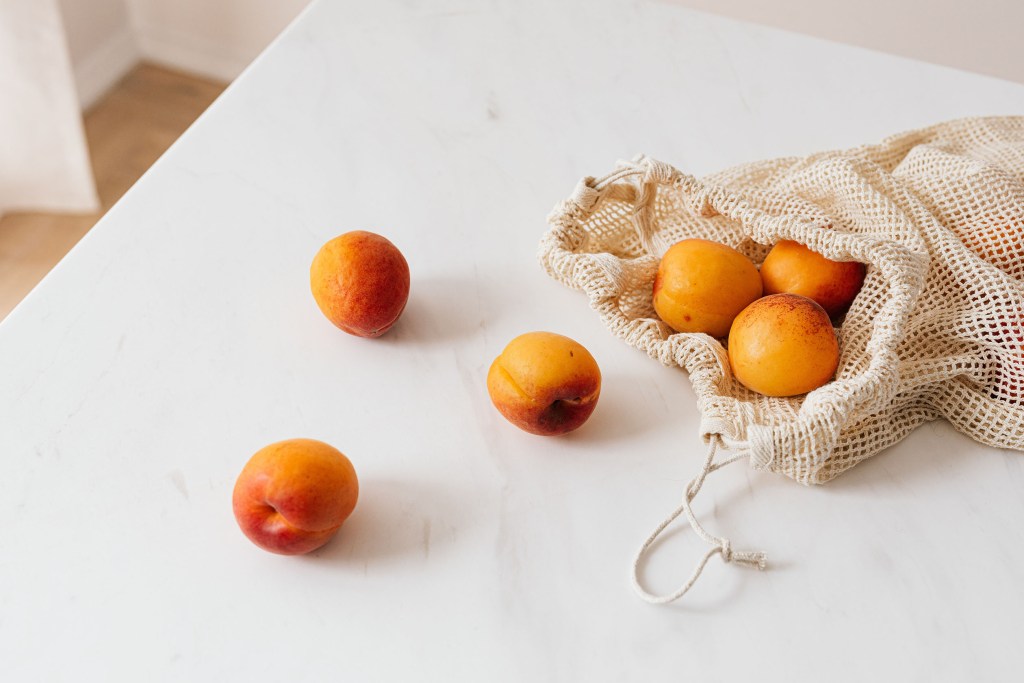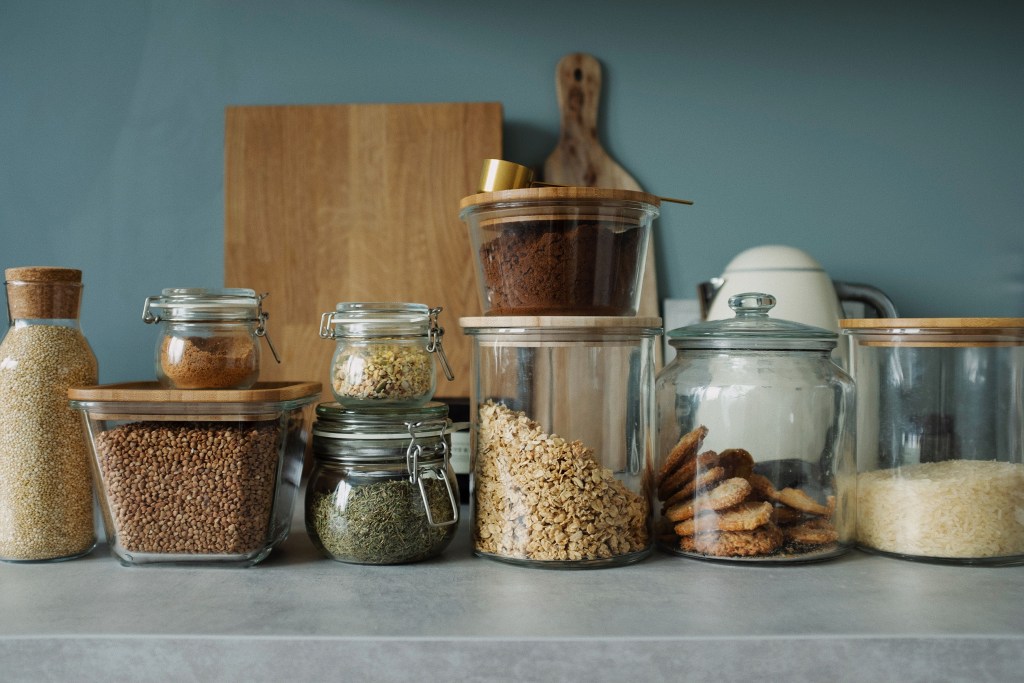Plastic is everywhere. It’s in our homes, our streets, our oceans, and even in the air we breathe, where it threatens not only wildlife but human health, too. And our plastic use doesn’t seem to be slowing either. The Environmental Protection Agency reported that in 2018, the United States generated 35.7 million tons of plastic (only 8.7% of which was recycled), following a trend of increased generation year after year. While it may not seem like there’s much you can do in a country so dependent on plastic, you can still take steps to reduce your personal impact. One of the best things you can do is decrease the amount of plastic you use on a daily basis. Here are a few easy ways to cut down on plastic.
Invest in a water filter and reusable bottle
If you regularly purchase water in plastic bottles, you can cut down your plastic waste and save money by getting a water filtration system for your home. You can choose a filter that attaches directly to your faucet or a pitcher with a built-in filter. Another way to reduce waste is by using a refillable water bottle. This way, you can stay hydrated wherever you go! Plus, many coffee shops and restaurants are happy to fill your reusable bottle instead of wasting a paper cup.

Bring your own bags and containers
Whether you’re buying groceries or shopping for a new outfit, make sure you have your reusable tote bags with you. Plastic shopping bags offered by stores cannot be recycled in most areas and usually end up in landfills. When grocery shopping, you should also invest in reusable produce bags for your fruits and veggies. Additionally, avoid produce that is packaged in unnecessary plastic, like pre-cut fruit in plastic containers.
Buy in bulk
Food packaging is one of the biggest culprits when it comes to plastic waste. Take a quick look in your pantry, and you’ll see that nearly everything is sold in plastic. To reduce your plastic use, buy food in bulk when you can. Bring your own containers and bags to the grocery store to stock up in the bulk section. To avoid even more food packaging, consider shopping at the farmer’s market and bringing your containers to fill up.

Use alternative food storage
Even most food storage options are made of plastic. Plastic wrap, baggies, and even storage containers are all used and thrown out frequently. Instead, look for eco-friendly, reusable solutions. In place of plastic storage containers, use glass jars and other glass containers. Swap your plastic wrap for an alternative made of silicone or beeswax. And, instead of plastic baggies, store your food in reusable silicone bags, glass jars, or, if you’re packing a lunch, bring a bento box.
Say no to straws and other single-use plastics
Single-use plastics are items designed to be used once and then thrown away. These include straws, plastic utensils, coffee cups and lids, disposable gloves, and more. Thankfully, there are sustainable and reusable alternatives for all of these products. There are tons of reusable straws available on the market made of stainless steel, bamboo, silicone, and glass. When ordering take-out, ask them not to include plastic utensils and use your washable ones. Instead of disposable gloves, use reusable rubber gloves. And forgo your morning stop at the coffee shop by making coffee at home and bringing it with you in a travel mug. Some coffee shops will even put your order in your reusable mug if you ask (and they may give you a discount, too).

Don’t buy new clothes made of synthetic materials
You may be surprised to learn that even clothing can contain plastic. Synthetic materials like polyester, nylon, spandex, lycra, and acrylic are all made using plastic polymer pellets. These synthetic fabrics also create microfiber pollution when cleaned in a washing machine. When you shop for new clothes, choose pieces made with natural fibers like cotton, wool, and hemp. Shopping secondhand for clothes and shoes is another great way to avoid buying new plastic while still getting the styles you want. And, if you already own synthetic clothes (which, let’s face it, who doesn’t?), take good care of them so you can get the most use out of them before donating or disposing of them.
Switch homemade cleaning and beauty products
When you can, purchase package-free soap, cleaning, and beauty products. If they are not available, consider making your own. It’s simple to create household cleaners, face masks, exfoliating scrubs, and more from items you likely already have in your home. Many people have perfected their recipes for unique and effective cleaning and beauty products that you can research online and try out. And it may be easier than you think. You can make an efficient all-purpose household cleaner using just water, vinegar, and lemon juice.
Reuse, repair, and buy used
Though it may be tempting, don’t purge your home completely of plastic while you’re trying to cut down on plastic waste. This only creates more waste and pointless buying. Focus on reusing and repairing your belongings instead. If something plastic breaks, try to fix it before deciding whether a replacement is essential. Shop used if you have to purchase a replacement. Additionally, try to think of other uses for the broken plastic item before throwing it out or donating it, so you can give your trash new life instead of adding it to the landfill.
These are just a few of the techniques you can use when you’re learning how to use less plastic. By focusing on switching to reusable items, shopping used, and making your own products, you are well on your way to living a zero-waste lifestyle. The changes may take some getting used to, but planet Earth is well worth the effort.
BlissMark provides information regarding health, wellness, and beauty. The information within this article is not intended to be medical advice. Before starting any diet or exercise routine, consult your physician. If you don’t have a primary care physician, the United States Health & Human Services department has a free online tool that can help you locate a clinic in your area. We are not medical professionals, have not verified or vetted any programs, and in no way intend our content to be anything more than informative and inspiring.



